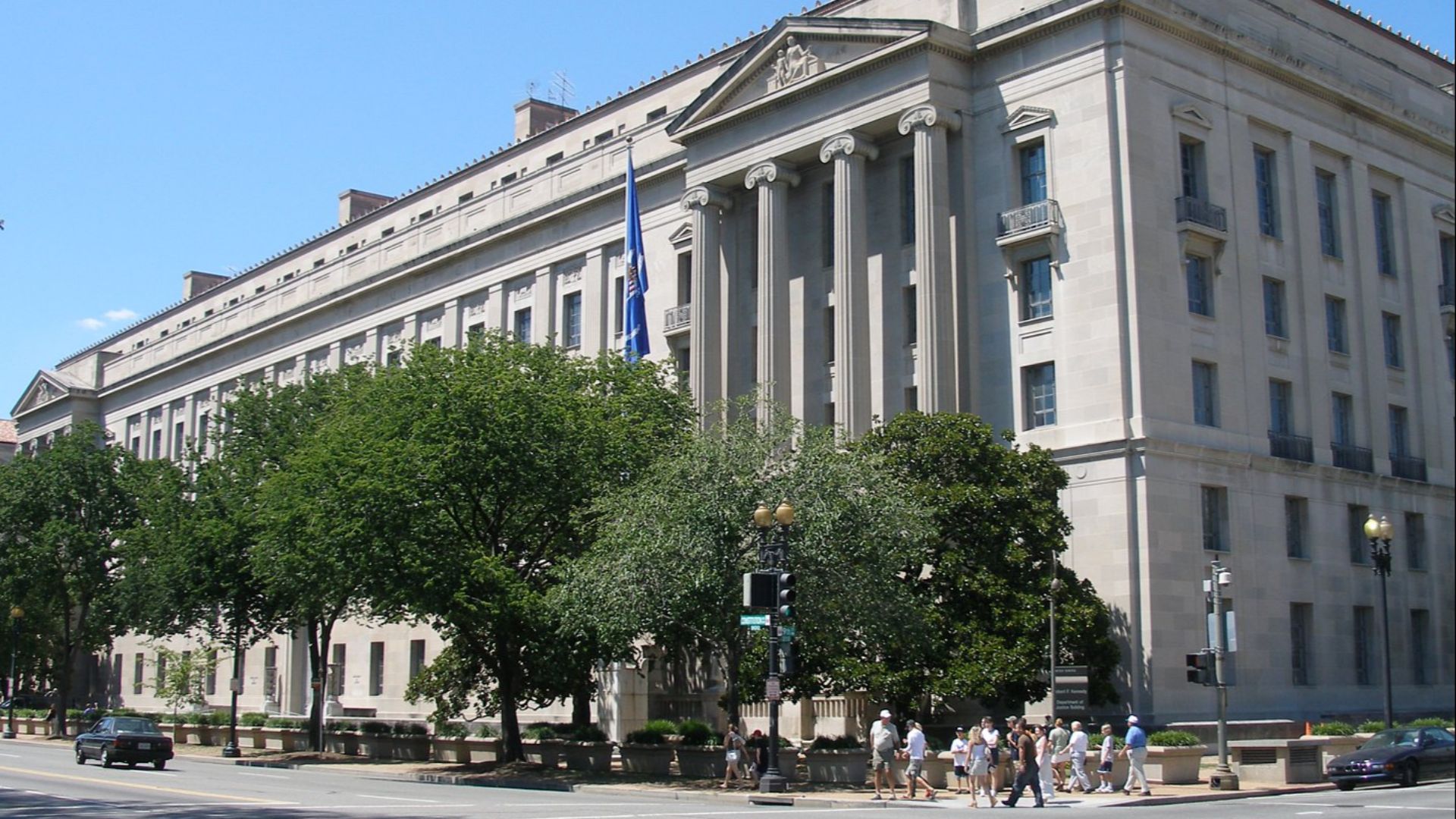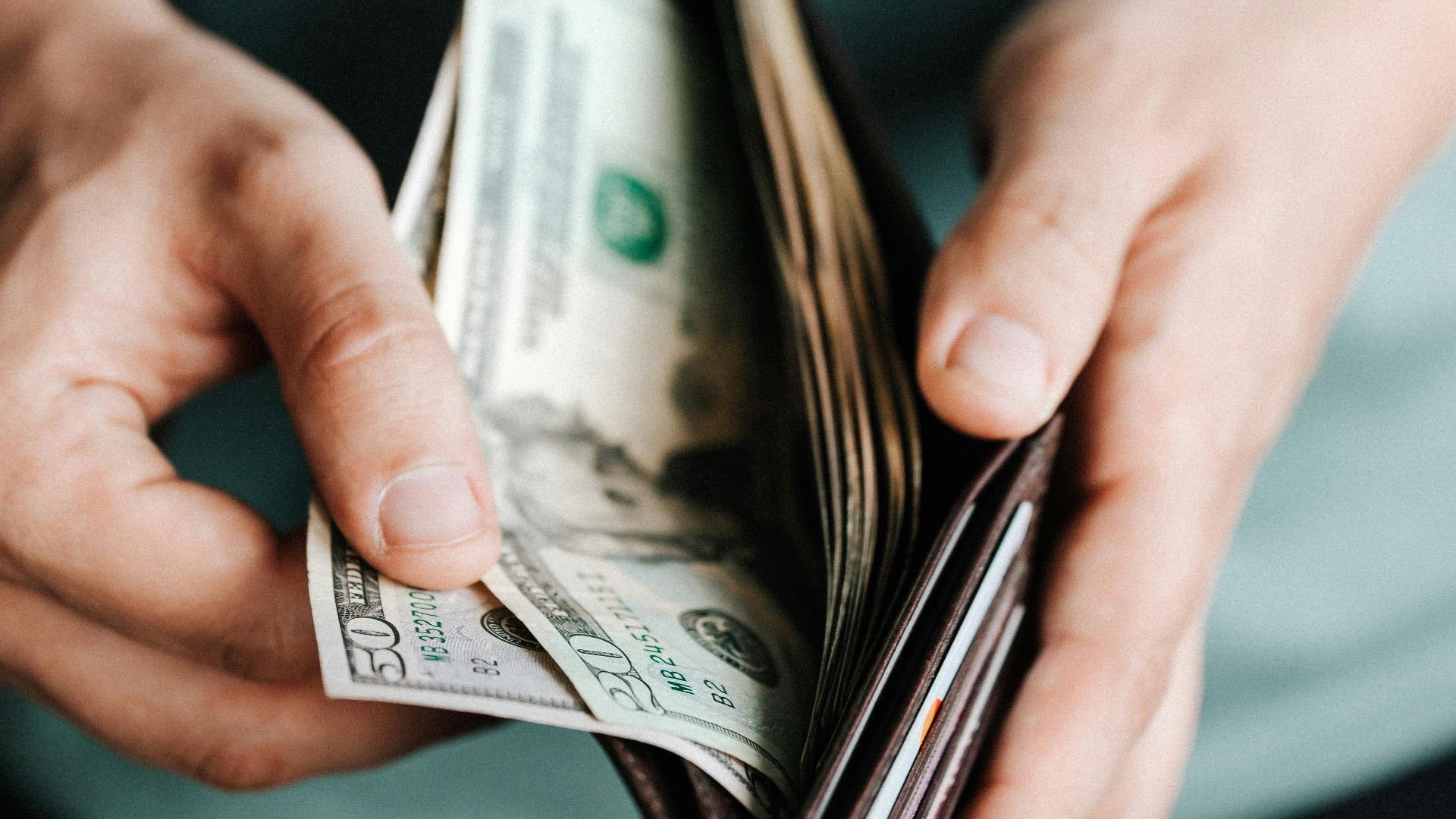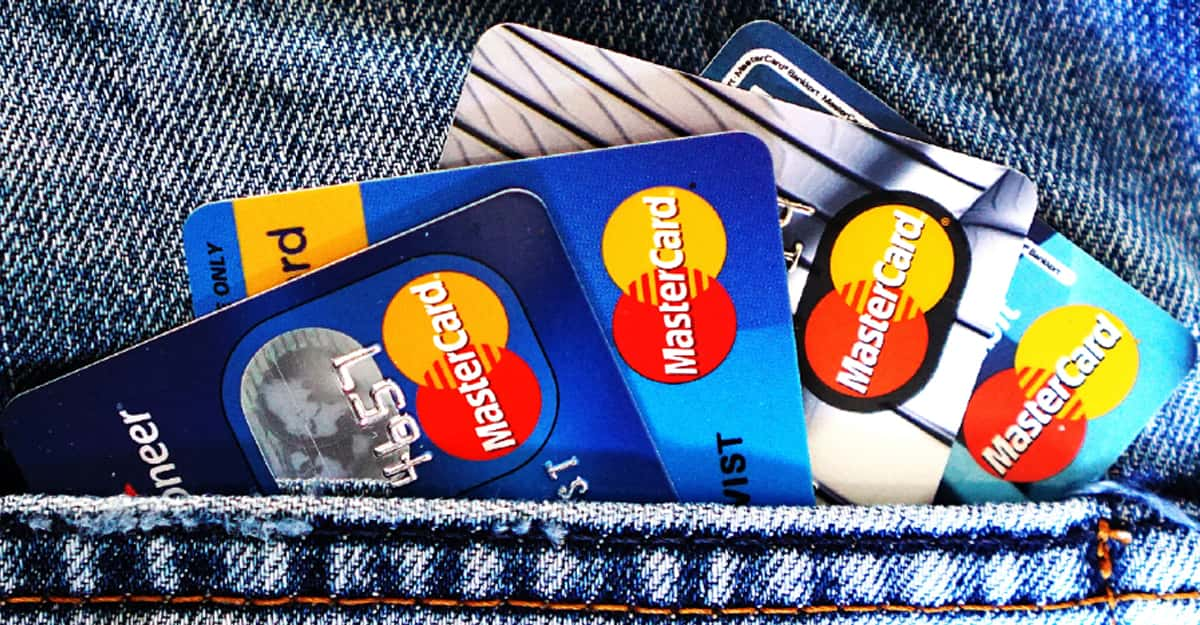The Weight That Won’t Go Away
You’re staring at six figures of federal and private student debt and just now realizing that bankruptcy might not save you. It’s an overwhelming sense of hopelessness, and you’re far from alone in this situation. Millions of borrowers have been finding out that these loans have special protections under the law, making them far harder to discharge than pretty much any other kind of debt.

Bankruptcy Doesn’t Erase Student Loans Easily
Federal and private student loans are treated differently from most other kinds of debt. To eliminate them through bankruptcy, you’d need to prove “undue hardship,” a legal standard that has been deliberately made difficult to meet. Courts interpret it narrowly to prevent abuse. The problem is, this leaves most borrowers stuck unless they can prove truly extreme circumstances.
Myth Of The “Clean Slate”
When people imagine bankruptcy, the image that comes to mind is of wiping the slate clean. But student debt is the exception. Over the decades Congress has made student loans nearly nondischargeable to protect taxpayer-backed programs and private lenders. This means that even after bankruptcy, your monthly payments and interest often quickly return just as they were before.
The “Undue Hardship” Test Explained
To discharge your student loans, you have to file a separate legal action called an adversary proceeding. Most courts use something called the Brunner test, which requires that you prove: (1) you can’t maintain a minimal living standard if you’re forced to pay, (2) your hardship will persist, and (3) you’ve made good-faith repayment efforts.
Proving Undue Hardship Isn’t Impossible—But It’s Rare
Some borrowers have succeeded, especially after serious illness, disability, or decades of failed repayment. But passing the Brunner test is a long shot. Judges rarely view temporary unemployment or financial strain as sufficient grounds for undue hardship. If your hardship stems from poor job prospects or high living costs alone, the court is most likely not going to discharge your debt.
Federal Vs Private Loans: A Big Difference
Federal loans have more relief options than private ones. You can pursue income-driven repayment (IDR) plans, deferments, or eventual forgiveness. Private lenders rarely offer any of those kinds of options. If your debt is a mix of the two, then it makes sense for you to first focus on federal options that can give you a temporary breathing space while you address your private loans separately.
Recent Changes To Student Loan Bankruptcy Policy
In 2022, the US Department of Justice issued new guidelines to make student loan bankruptcy cases more consistent and potentially fairer. Borrowers who meet specific hardship criteria may now find it slightly easier to qualify for relief, but it’s still far from a sure thing and requires that you bring strong documentation to the table.
Gather Evidence Before You File Anything
If you think you could qualify, start collecting together evidence now. That means things like pay stubs, medical records, job applications, budget breakdowns, and any correspondence you had with your lenders. Judges want to see proof that you’ve made every reasonable effort to repay the loan before you resort to bankruptcy.
Remaining Options Outside Bankruptcy
Even if you can’t discharge your loans, bankruptcy can sometimes help you in other ways, by eliminating credit card or medical debt, which would free up income for loan payments. Meanwhile, for federal loans, enrolling in an IDR plan can cap your payment at 10–20% of your discretionary income.
Rehabilitation And Consolidation Programs
If your loans are in default, you can rehabilitate them or consolidate them into a new federal loan. Both can stop wage garnishment and calls from collection agencies. Rehabilitation requires nine on-time payments over a period of ten months, while consolidation gives faster relief but resets certain benefits. Both of these possibilities improve your long-term financial stability.
Forbearance And Deferment: Short-Term Relief
These pauses aren’t forgiveness; they merely buy you time. Forbearance and deferment can halt payments temporarily, although interest may keep growing. If you’re between jobs, facing health issues, or in graduate school, they can help you stabilize your finances while you mull various options as part of a longer-term plan.
Income-Driven Repayment And Forgiveness Paths
If you have federal loans, now’s the time to start looking into income-driven repayment plans like SAVE (Saving on a Valuable Education), PAYE (Pay As You Earn), or IBR (Income-Based Repayment). After 20 to 25 years of consistent payments, the left-over balance can be forgiven. For borrowers in public service or nonprofit work, PSLF (Public Service Loan Forgiveness) offers total forgiveness after 10 years of qualifying payments.
Private Loan Borrowers: Negotiation Is The Way To Go
Private lenders are less forgiving, but you can sometimes negotiate with them for reduced payments, temporary hardship forbearance, or even partial settlements. There’s no guarantee, but lenders often prefer recovering part of a balance over forcing you into default, where they may end up getting nothing.
Keep An Eye Out For Student Loan Scams
The stink of desperation attracts predators. Avoid companies that promise instantaneous forgiveness or charge upfront fees for “debt relief.” Only your servicer or a legitimate legal professional can start tinkering with the terms of your loans. If and when in doubt, verify any offer through the Federal Student Aid website before you sign on to anything.
Protecting Your Credit During The Process
Bankruptcy and delinquency both damage your credit, but there’s a path forward. Keep other accounts in good standing, pay utilities and rent on time, and avoid taking on new high-interest debt. Over time, your credit will rebuild, even if your loans remain.
Consider Financial Counseling Or Legal Aid
If you’re overwhelmed, seek nonprofit credit counselors or legal aid organizations. Many of these kinds of agencies specialize in student loan issues and can help you fully work out your options before you commit to declaring bankruptcy. The National Foundation for Credit Counseling (NFCC) is a good spot to start.
Revisiting Bankruptcy Down The Road
If your circumstances deteriorate due to severe health issues, disability, or long-term unemployment, you can always revisit bankruptcy later. Courts have gotten slightly more amenable to hardship claims when borrowers can clearly demonstrate that their financial situation will never realistically get better.
Protect Your Sanity
We’ve been talking fairly matter-of-factly about all this, but we must never forget that debt this size can consume your thoughts and well-being. Set boundaries, talk to professionals, and remember that your debt doesn’t define your value as a human being. You’re not failing, but fighting a system with the odds stacked against borrowers. You deserve relief, even if it takes some time and effort to reach it.
Create A Long-Term Exit Strategy
For the time being, focus on progress instead of perfection. Whether it’s through IDR plans, debt negotiation, or future legal reforms, you can still chip away at the problem. Document every payment, stay informed of changes, and keep seeking out lawful options. Financial survival sometimes adds up to nothing more than persistence; and smart strategy beats panic every time.
This Fight’s Not Over Yet
Bankruptcy might not erase your $325,000 in student debt, but it can still be part of a broader recovery plan. Combine income-driven repayment, careful budgeting, and professional guidance. The system can be slow to change, but your persistence can still turn survival into stability—and stability into freedom.
You May Also Like:


























